
exoplanets

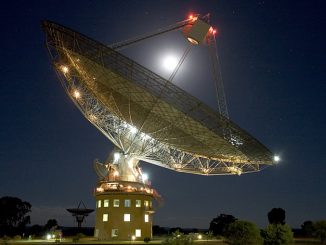
Breakthrough Listen searches new-found nearby planet Proxima b for signs of ET
Breakthrough Listen, the 10-year, $100-million astronomical search for intelligent life beyond Earth launched in 2015 by Internet entrepreneur Yuri Milner and Stephen Hawking, has just announced its first observations of newly-discovered Earth-size planet Proxima b orbiting the nearest star to the Sun using the Parkes Radio Telescope in New South Wales, Australia.
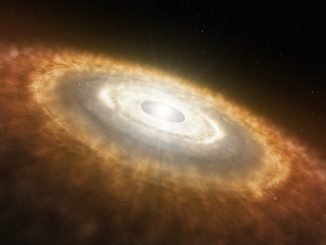
Oldest known planet-forming circumstellar disc discovered
A group of citizen scientists and professional astronomers joined forces to discover an unusual hunting ground for exoplanets. They found a red dwarf, called AWI0005x3s, surrounded by the oldest known circumstellar disc — a 45-million-year-old primordial ring of gas and dust orbiting the star from which planets can form.
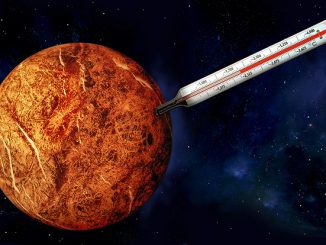

Pirouetting Pleiads provide clues to stellar structure and evolution
Like cosmic ballet dancers, the stars of the Pleiades cluster are spinning, but all at different speeds. By watching these stellar dancers, NASA’s Kepler space telescope has helped amass the most complete catalogue of rotation periods for stars in a cluster. This information can provide insight into where and how planets form around these stars, and how such stars evolve.
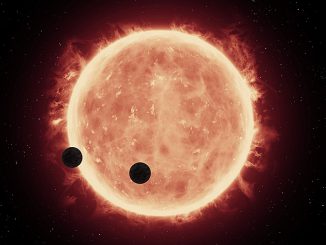
Hubble makes first atmospheric study of Earth-sized exoplanets
Astronomers using the NASA/ESA Hubble Space Telescope have conducted the first search for atmospheres around temperate, Earth-sized planets beyond our solar system. They found indications that increase the chances of habitability on two exoplanets known as TRAPPIST-1b and TRAPPIST-1c orbiting a red dwarf star approximately 40 light-years away.
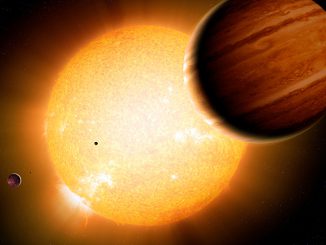

“Electric wind” can strip Earth-like planets of oceans and atmospheres
The space environment around a planet plays a key role in determining what molecules exist in the atmosphere – and whether the planet is habitable for life. New research shows that Venus has an “electric wind” strong enough to remove the components of water from its upper atmosphere, which may have played a significant role in stripping Earth’s twin planet of its oceans.
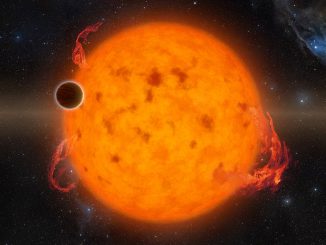
Newborn giant exoplanet found orbiting close to its parent star
A team of astronomers has confirmed the existence of a young planet known as K2-33b, only 11 million years old, that orbits very close to its star (at 0.05 astronomical units), with an orbital period of 5.4 days. Approximately five times the size of the Earth, the new planet is a “super-Neptune” and the youngest such planet known.
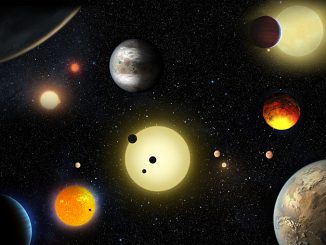
NASA’s Kepler mission announces largest collection of exoplanets ever discovered
NASA’s Kepler mission has verified 1,284 new planets — the single largest finding of planets to date. Of the nearly 5,000 total planet candidates found to date, more than 3,200 now have been verified, and 2,325 of these were discovered by the space telescope. Launched in March 2009, Kepler is the first NASA mission to find potentially habitable Earth-size planets.
